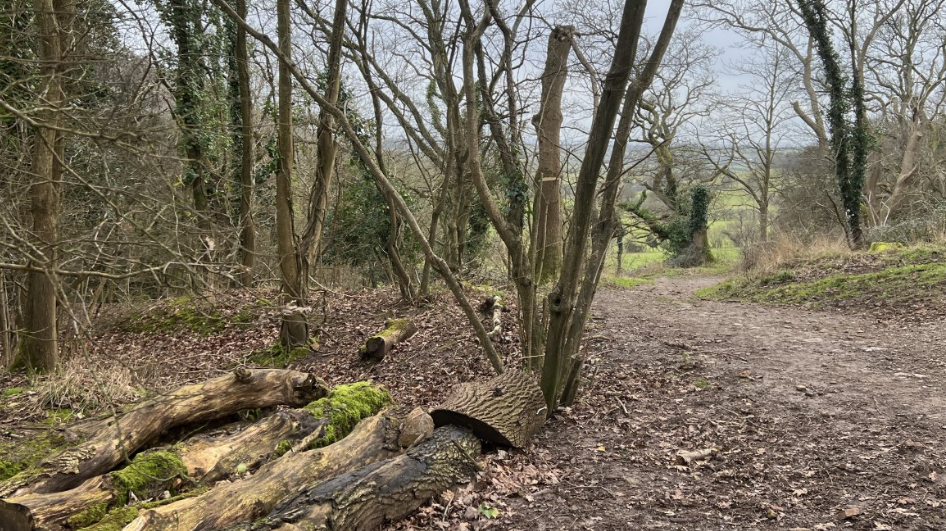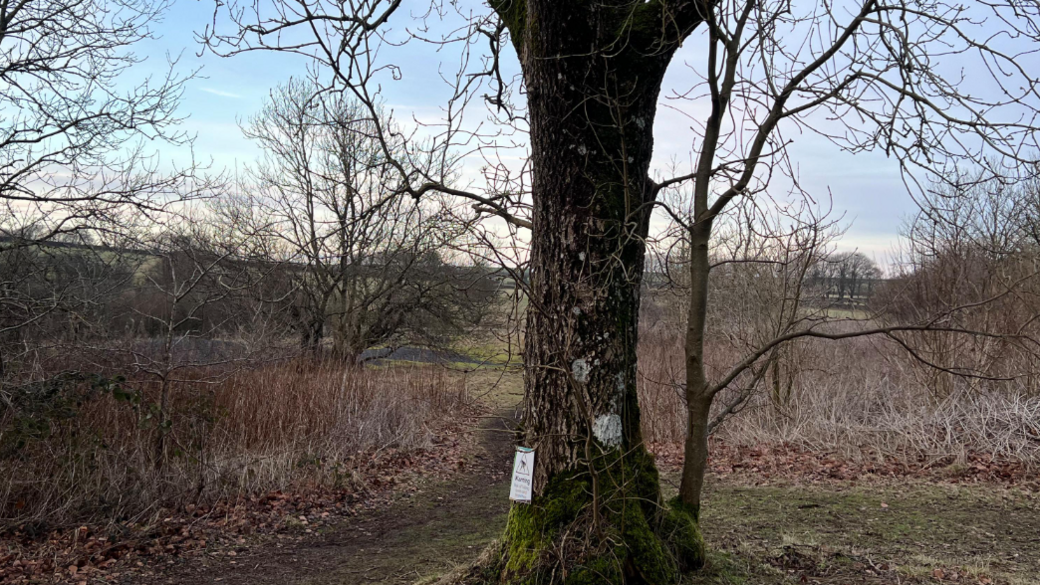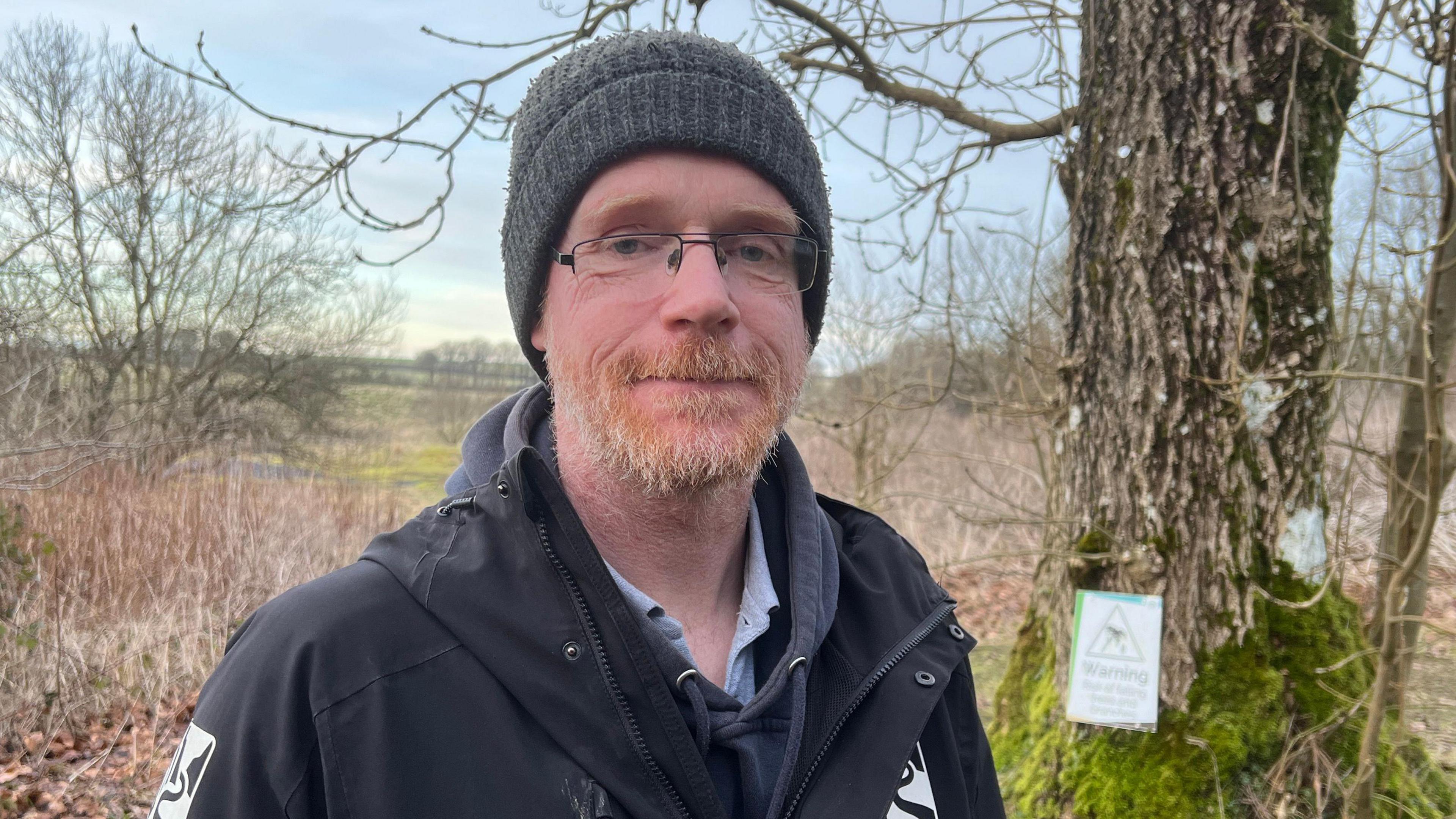
An expert said earlier predictions that 90% of trees would die may have been too high
Alice Smith & Dan Ayres
BBC News, West of England
The spread of a disease which has devastated Britain’s ash trees appears to be slowing in parts of the South West.
However experts warn ash dieback has hit areas like the Mendip Hills in Somerset particularly hard, with widespread tree loss continuing.
Ash dieback, caused by the Hymenoscyphus fraxineus fungus, arrived in the UK in 2012 and has led to thousands of ash trees being cut down.
But Forestry Commission expert Joan Webber said a “natural resistance” is emerging and earlier estimates that 90% of trees would die may have been too high.
“We think maybe 75-85% of mature ash trees could be heavily affected or die,” added Dr Webber, who is principal pathologist at Forest Research.

Ash trees dominate in the Mendip Hills and so the area has been hit particularly hard by the disease
Dr Webber believes nature is beginning to adapt to the disease. She said 1-2% of ash trees have “very high” levels of resistance and even more have “some” resistance.
“Similar to Covid-19 or any other epidemic, once you reach a peak you then start to see a decline,” she said.
“We are, in many parts of Britain, now past that peak and are seeing natural resistance emerging.”
Ash trees dominate in the Mendip Hills so the area has been hit particularly hard by the disease.
Nathan Orr, a nature recovery ranger at The Mendip National Landscape, said ash dieback has left few trees unaffected.

Nature recovery ranger Nathan Orr said ash dieback remains a serious issue
“I would be hard-pressed to take you to an ash tree on the Mendips where I would say ‘that is an ash tree that does not have ash dieback disease’,” he said.
Dr Webber said the Mendips is one of the worst-hit areas in part because ash trees grow there in a “monoculture”.
“There aren’t other tree species mixed in, so the disease spreads very quickly,” she explained.
While ash dieback remains a serious challenge, Dr Webber said the landscape will eventually recover – though it may look very different in the future.
“Over the next 20 or 30 years, we may see other tree species become dominant, especially in areas like the Mendips where ash has historically been the main species,” she said.
“Ash trees will probably survive more in mixtures where other trees take up some of those spaces.”
Get in touch
Tell us which stories we should cover in Somerset
Follow BBC Somerset on Facebook, external and X, external. Send your story ideas to us on email or via WhatsApp on 0800 313 4630.






